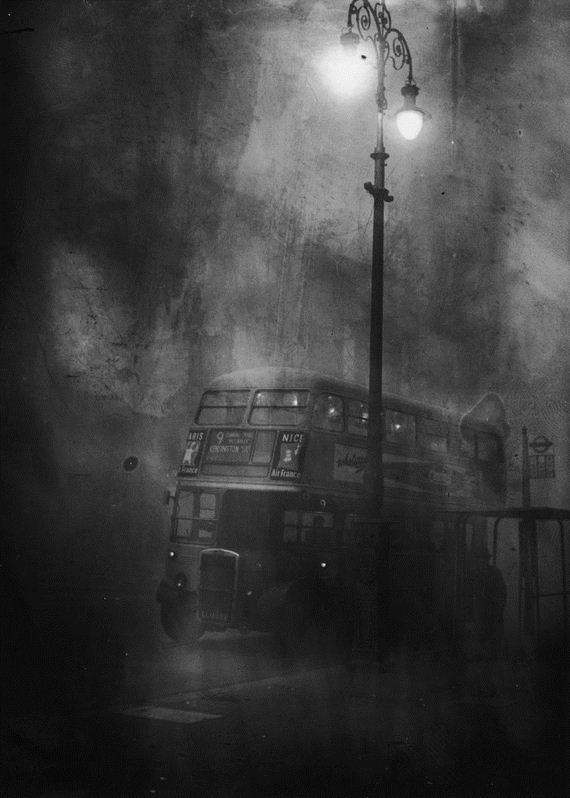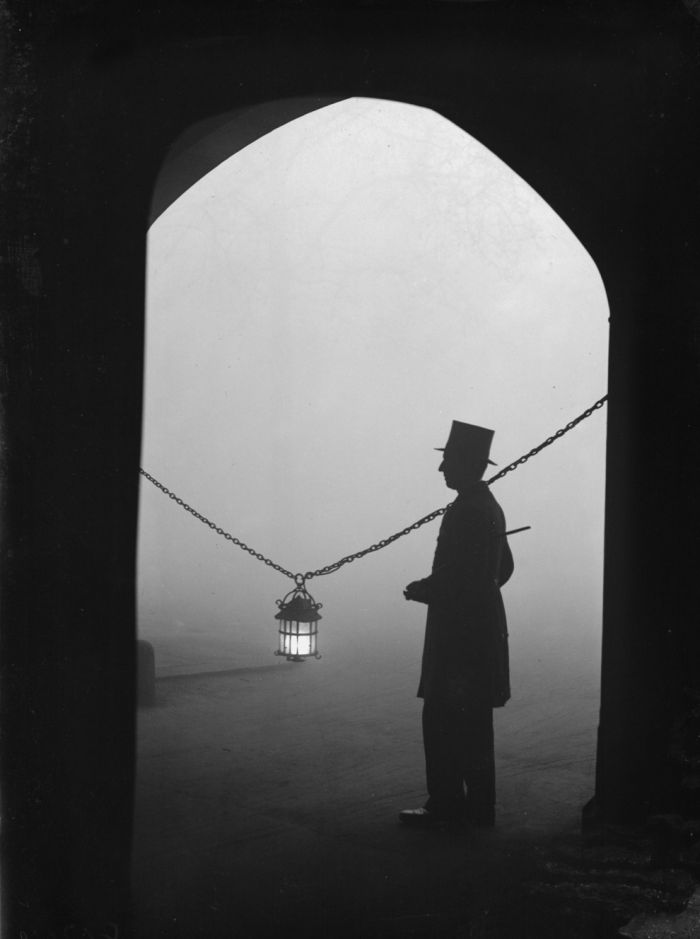

The disaster also occurred during a period of cold weather, which made fog more persistent. The fog struck within weeks of the winter solstice, which meant that the hours of daylight were extremely short.

To be sure, the time of year and the weather both played a crucial role. It originated not from a single cause, but from a rare and unlucky confluence of factors that resulted in the most severe air pollution episode in London’s storied history. Yet the fog that descended upon London in 1952 was far worse than even the most severe fogs that most of the city’s roughly nine million residents had ever encountered. Neslon’s column during the 1952 smog disaster. Hospital admissions spiked, as did the mortality rate. In addition to limiting visibility to metres, such fogs made it difficult for many people to breathe. When this happened, no inhabitant of London could escape their impact. Usually, breezes carried away these smoke-filled fogs within hours or sunshine burned them away, yet occasionally they persisted and grew worse. The problem often reached its greatest extent during the winter months when chilly weather and diminished daylight prompted residents to increase their consumption of coal at the same time that these seasonal conditions increased the likelihood of foggy weather. Although it was plentiful, versatile, and cost-effective, coal came at a high price in terms of its impact on human health and the environment, as well as on the miners who risked their lives and lungs in the dangerous and dirty work of bringing it to the surface.īecause of London’s large population, its density, and its dependence on enormous quantities of relatively dirty bituminous coal, it had suffered from serious and year-round air pollution for hundreds of years, as well as repeated, though largely ineffective, efforts to combat the smoke plague. It also contained large quantities of fine particulates and acidic gases produced by the city’s millions of large and small coal fires.įor many generations of Londoners, coal (later supplemented by gas or electricity derived from coal) had provided residents of the British capital with nearly all of the energy that they used for heating, cooking, transport, manufacturing, and lighting. Much like people in our own time who refuse to accept the scientific consensus that human consumption of fossils fuels is causing climate change, many Londoners initially looked upon the fog as a natural occurrence that it was, to quote the title of this programme episode, an “Act of God.”Ĭontrary to Churchill’s assertions that the fog enveloping London was nothing more than an unusual weather event, experts had long known that London fog consisted of much more than water vapour.
#London fog 1952 drivers
Lack of visibility brought normal life to a halt, with airports closed, rail service severely delayed, and road traffic extremely dangerous for drivers and pedestrians alike.
#London fog 1952 series
In December 1952, London experienced a catastrophe.Īs depicted in the Netflix series The Crown (which last year aired on Chinese streaming sites) the disaster seemingly came out of nowhere, as sunny blue skies suddenly gave way to a choking, blinding, fog that enveloped the city and was more severe than anything many had seen before.


 0 kommentar(er)
0 kommentar(er)
